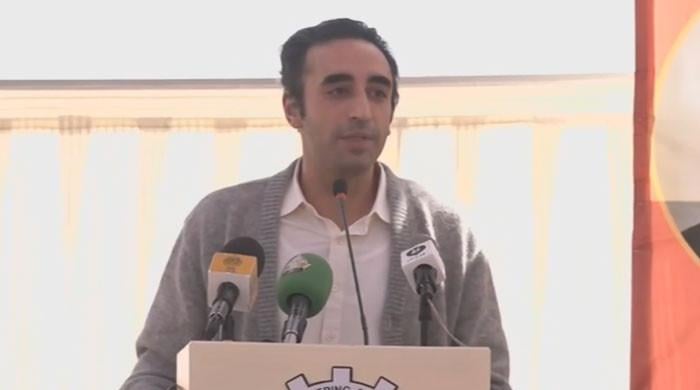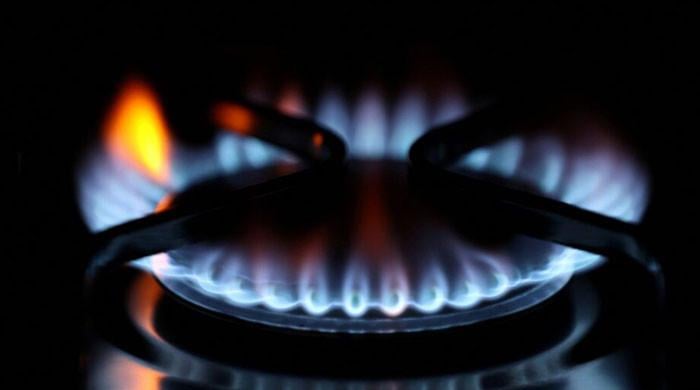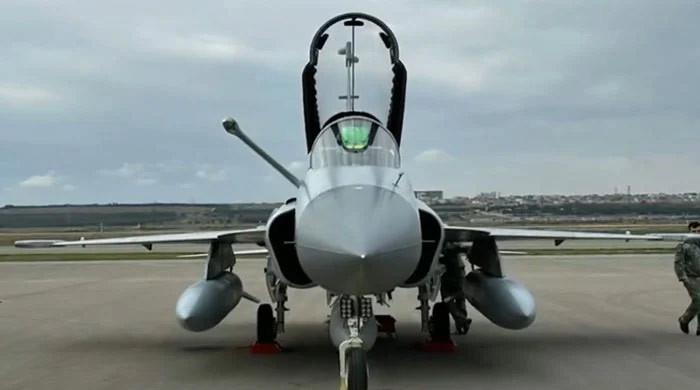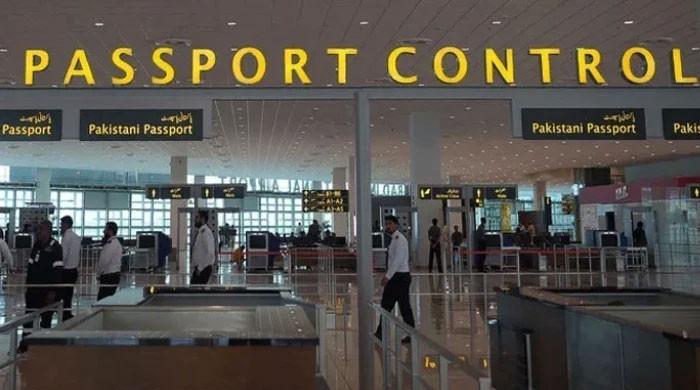LEAs identify suicide bomber behind deadly Quetta hospital attack
The suspect has been identified as Ahmed Ali Awan
December 06, 2016
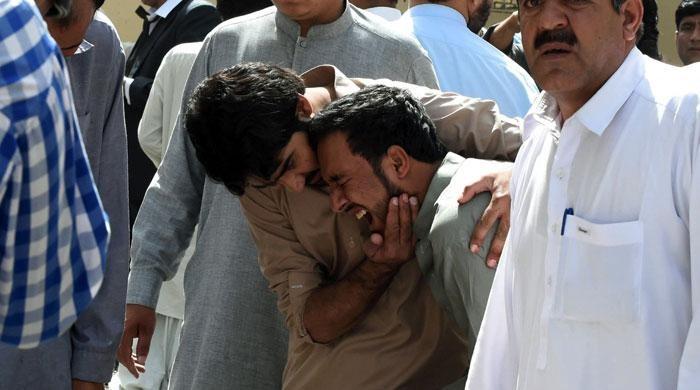
KARACHI: Authorities have identified the suicide bomber who claimed lives of 70 people in Quetta`s civil hospital in August.
A high-level source disclosed to Geo News that the suspect has been identified as Ahmed Ali Awan, who was a 29-year-old guy. He was the child of a broken family and was a resident of Quetta. One of the brothers of Awan has been killed in Afghanistan.
Law Enforcement Agencies (LEAs) obtained DNA from his father and brother which matched with the result of Awan. This lead played an important role in a major breakthrough in the case.
The source disclosed that the suicide bomber pictured in a press release of Middle Eastern based Daesh mouthpiece magazine, “Amaq”, was not Ahmed Ali. The reason behind it was to distract LEAs from the investigation.
During an encounter at the early hours of December 5 in Pishin district of Baluchistan, five militants were gunned down. Three militants have been identified including Jahangir Badeni, Habibullah Lehri and Ali Hasan alias Dilawar. Identities of the rest of the two militants are yet to be ascertained. The operation was conducted jointly by an intelligence agency and Police.
The source claimed that one of the gang members was nabbed earlier who identified a place at Pishin where the encounter took place. While sharing further details of the investigation, the same high-level source revealed that two days prior to blast on August 6, Jahangir Badeni, the mastermind of the attack gave Rs 4000 to Ahmed Ali Awan to get new clothes for his “wedding”. Wedding was a code word for the suicide attack.
The source added that this year on August 8 suicide bombing at Civil Hospital Quetta was jointly orchestrated by three banned outfits. These include Tehreek-e-Taliban Pakistan (TTP), Lashkar-e-Jhangvi Al-Almi (LeJA) and Jaish Islam (JI). Jahangir Badeni was affiliated with TTP while Habibullah Lehri and Ali Hasan were associated with LeJ-A.




